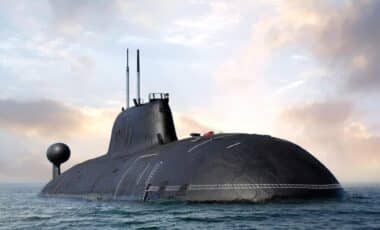famous of all, Reinhard Heydrich, Himmler’s deputy who both he and Hitler feared, and endingthe Fuhrer’s precious atomic bomb program by destroying the heavy water plant at Vemork,Norway.Meanwhile, OSS operatives established anti-Nazi resistance groups across Europe andmanaged to smuggle men and women into Nazi Germany and Berlin, themselves. One of theless know achievements of the OSS was running one of the war’s most important Allied spies,German diplomat, Fritz Kolbe. But all the OSS and SOE missions were incredibly dangerous.Many agents were captured, tortured, and ultimately shot or hung, the life expectancy of anSOE wireless operator in occupied France was just six weeks. Thanks to historian James Stejskal,readers have a complete examination why these agencies were established, how their agentswere trained, the ingenious tools conceived and manufactured to help them in their missions,operational successes, and their fabulous legacy. A solid introduction deserving a niche on one
of your fledgling library shelves.








